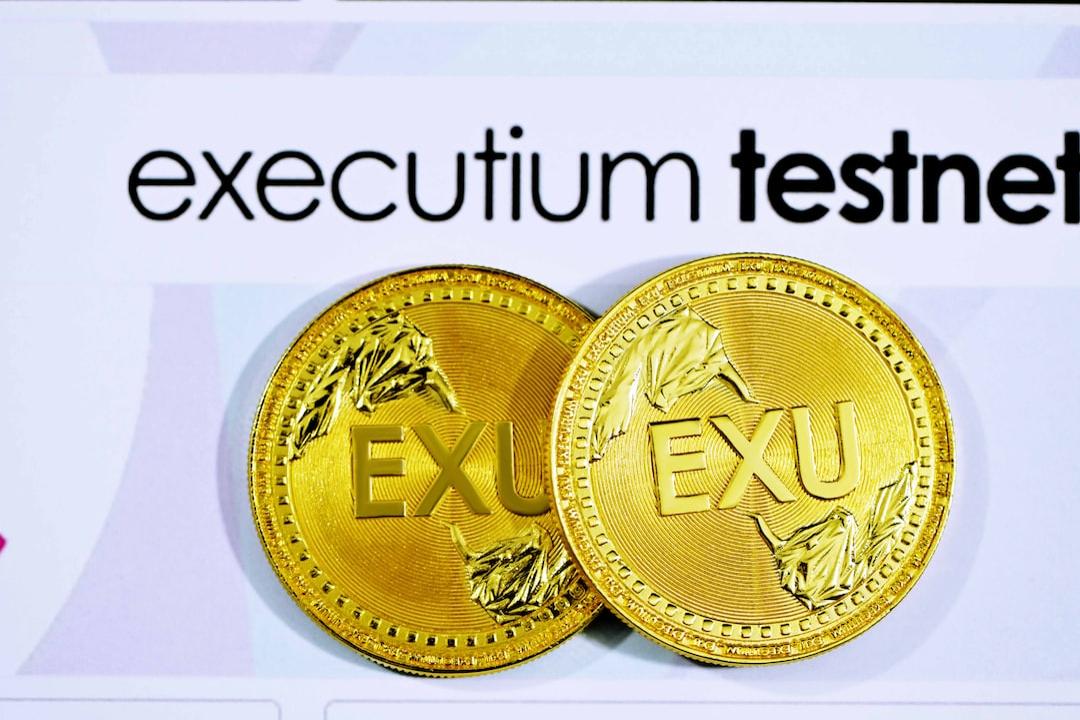The 2024 bull market has given rise to a new category of projects known as DeFi aggregators. These aggregators are the solution to the increasingly complex system of decentralized exchanges and pairs. Instead of direct inflows to DEX hubs, aggregator volume is now taking its place.
In May, the mainstream interest in DeFi aggregators became apparent even in Google searches. A small selection of tokens also represents the new wave of projects that focus on aggregation-based trading. These tokens aim to provide optimized swaps at the best price while addressing the challenges of using cross-chain tokens.
There is no definitive list of DeFi aggregators as the sector is constantly evolving and competing. The performance of aggregators depends on the specific blockchain they operate on. For example, the demand for the 1inch aggregator varies more on the Optimism blockchain compared to its influence on Ethereum.
While the term “aggregator” may attract new projects, not all of them offer immediate cross-chain trading. Aggregators are part of a larger trend in inter-chain connections that aim to make Web3 projects more compatible.
In recent months, several aggregator tools have emerged as the leading brands, attracting the majority of the traffic. In previous bull markets, there were tools to switch between different chains, but now new projects are improving how they connect and move funds.
It’s important to note that DEX aggregators are different from yield aggregators, which focus on farming. The success of DEX aggregators aligns with the surge in meme token trading, attracting activity to take advantage of highly volatile assets. Most meme tokens also launch their trading on a DEX, requiring fast tools for sniping.
The gross volume of aggregator trades reached its peak in March, coinciding with the market’s highest point. Since then, overall trades have declined by 44%. However, specific protocols are still experiencing robust growth as a new wave of aggregators emerges.
In recent weeks, Magpie Protocol has emerged as the growth leader by selecting the most active chains. The aggregator operates on Ethereum, Arbitrum, Polygon, Avalanche, BSC, Optimism, and Base blockchains. In just one month, the protocol has seen a 1,823% increase in inflows, putting it among the top aggregators.
WOWMax, Kana Labs, and DEX Hunter are also among the expanding protocols for aggregators, attracting more than $1.5 million in investments. These projects are still in the growth phase and are striving to align with the top aggregators.
Jupiter, on the other hand, stands out as the dominant aggregator for Solana trades. Other DEX aggregators tailor their services to Ethereum, including L1 and L2 networks that are compatible with ETH. They often incorporate BSC and Base due to the substantial liquidity in those ecosystems.
Meanwhile, former aggregator star Pangolin has lost most of its inflows from the 2021-2022 bull market. Even highly used aggregators like 1inch have experienced lower activity in the past four months, with some of the volume shifting to other tools.
There is a need for aggregator tools for niche blockchains that are growing their DeFi presence and require cross-connections. These niche aggregators cover the Shibarium network, Cardano, Injective, Internet Computer, and Sui.
Aggregators are also targeting the growing trend of Bitcoin-based DeFi. One existing project, Open Ocean, is working on adding aggregation for Bitcoin DeFi. New projects are also planning to specialize in aggregation for this new DeFi trend.
Aggregators serve as a solution for finding the best transaction price. Some of them utilize transaction batching to avoid fees. However, aggregators are still in the development stage, and not all of them have full trading features.
Source: Coinmarketcap

